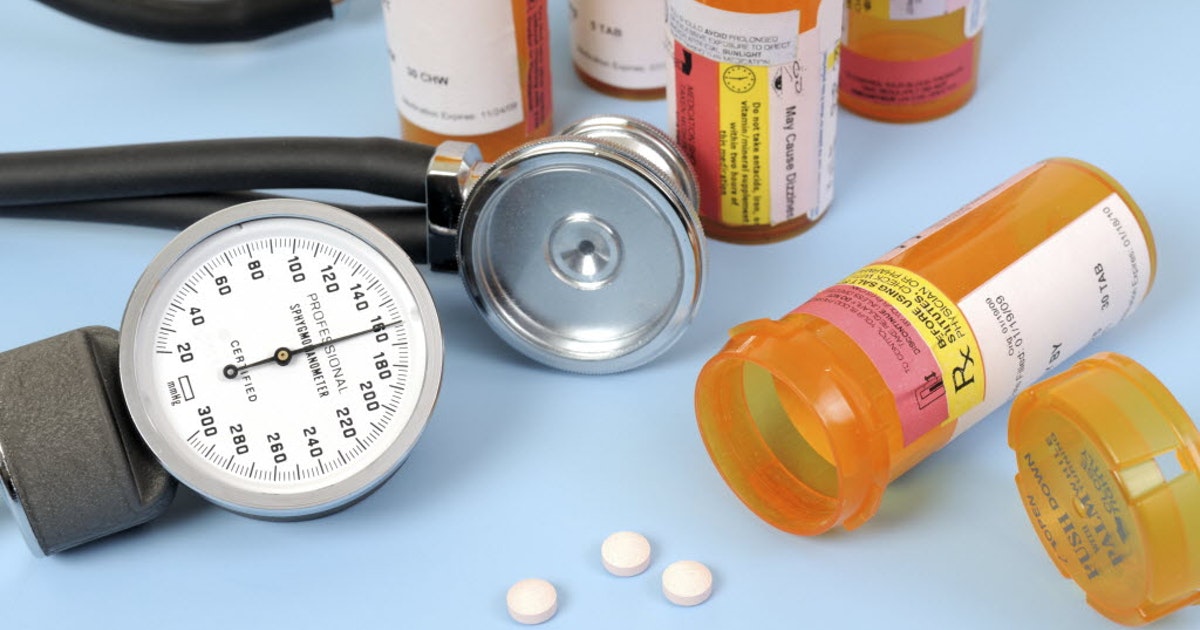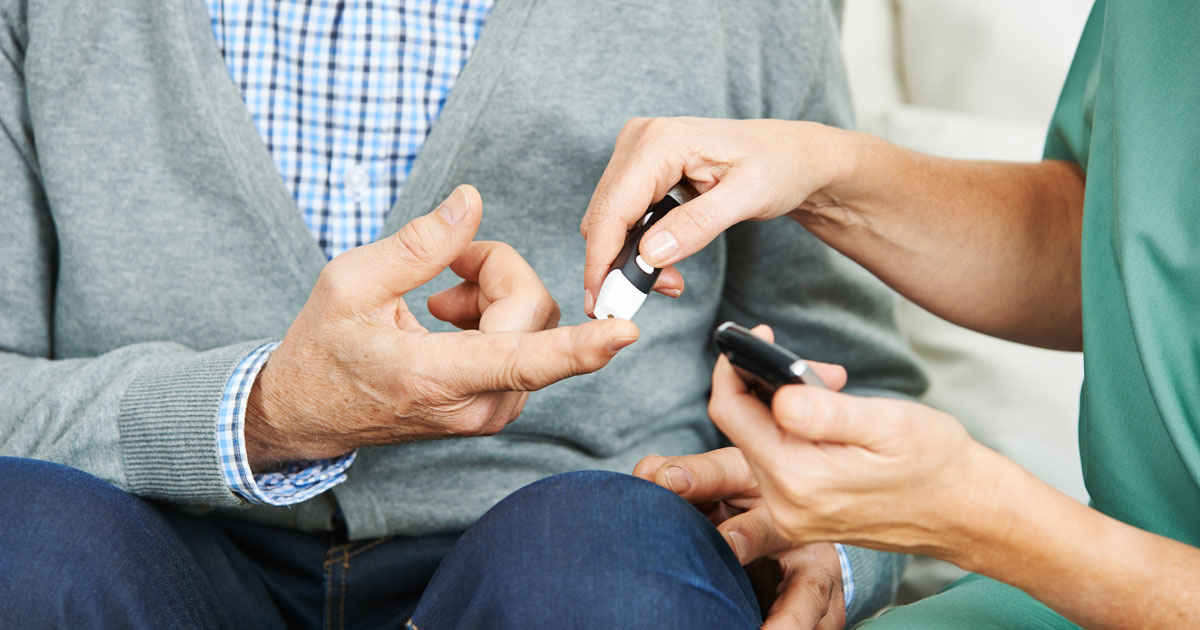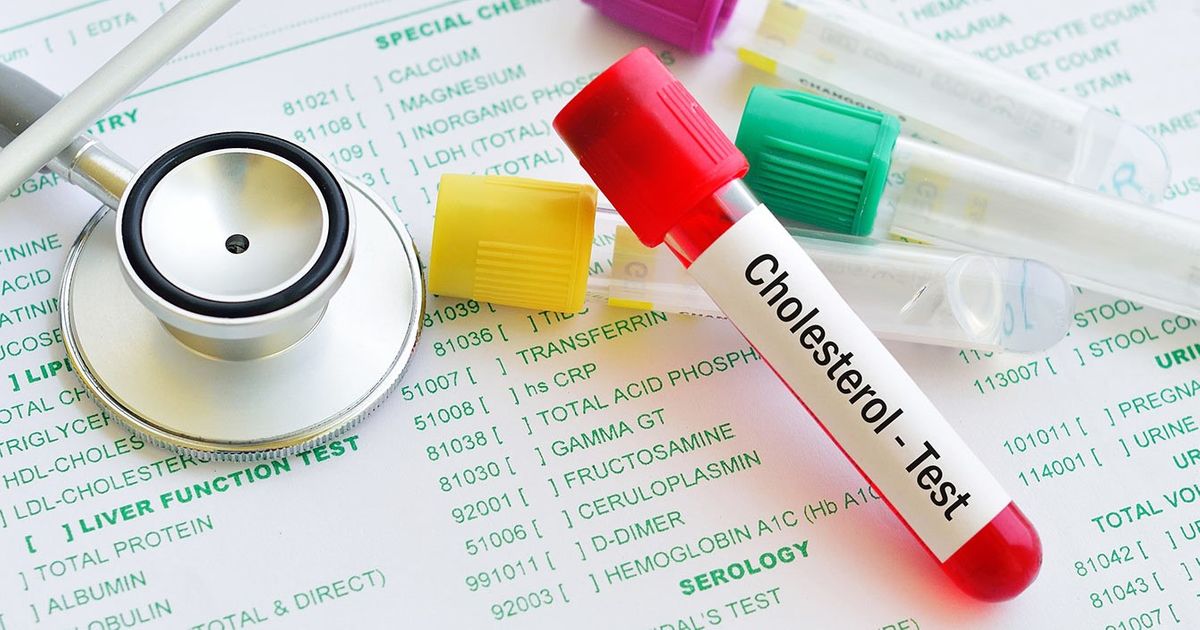Guide To Treating Diabetic Nephropathy
Up to forty percent of individuals with diabetes will eventually develop diabetic nephropathy, an often dangerous kidney complication. It affects patients with type I and type II diabetes. This condition negatively impacts the ability of the kidneys to filter waste out of the bloodstream. As time goes on, this condition slowly erodes the function of the kidneys to the point they may fail altogether. Kidney failure is incredibly dangerous. Early stages of this condition often have no symptoms, but as it progresses, symptoms of diabetic nephropathy include loss of appetite, confusion, persistent itching, and swelling in the feet, ankles, eyes, or hands. Catching the condition early and making changes can help slow down or even stop the progression of diabetic nephropathy. Reveal the best methods of treating this condition now.
Controling High Blood Pressure

High blood pressure can impact the kidneys and their ability to do their job. This is one of the reasons it is vital for anyone with diabetes to work closely with their doctor to monitor and prevent other health problems. Patients who have struggled with high blood pressure and have diabetes should ask a doctor about testing their kidney function. When dealing with diabetes, studies have shown a blood pressure reading of 140/90 or lower is ideal. Doctors may recommend either angiotensin II receptor blockers or angiotensin-converting enzyme (ACE) inhibitors to achieve this. They will also choose the one better suited for their patient for controlling high blood pressure. Taking both types of medications increases the risk of side effects.
Keep reading for more on the ways in which to treat diabetic nephropathy.
Managing Blood Sugar Levels

One of the best ways to treat diabetic nephropathy is to keep managing blood sugar levels. Patients who are already doing the things necessary to manage their diabetes are taking steps toward slowing or even stopping the progression of kidney disease. There are many natural ways to lower blood sugar levels if necessary. Exercise is important because it helps increase insulin sensitivity and everyone's muscles can use up extra blood sugar. Dietary changes, such as decreasing carbohydrate intake and increasing fiber intake, can make a major impact as well. Eating proper portions and managing weight can also help with managing blood sugar levels. Another crucial thing to remember is to always stay hydrated. Water is the best beverage to choose. Remember sugary drinks such as soda and some juices can actually raise blood sugar.
Learn more information about how to treat diabetic nephropathy now.
Lower High Cholesterol

Having high cholesterol is considered another significant risk factor for developing diabetic nephropathy. Medications known as statins are often recommended to help lower high cholesterol. Statins also have the added bonus of reducing the amount of protein in the urine as well, which can help improve kidney function. On top of medications, many of the same methods for treating diabetes and high blood pressure can be used for cholesterol. These include being more active, losing excess weight, and planning healthier meals. Lowering high cholesterol has many benefits for individuals with diabetes. Cardiovascular disease is one of the most common causes of death for these individuals, as high cholesterol is a major risk factor for this occurring.
Continue reading to unveil more treatments for diabetic nephropathy.
Dialysis

Dialysis involves being hooked up to a machine that does the job the kidneys can no longer do. There are two versions of this treatment, the more common of which is known as hemodialysis. This involves visiting a dialysis center to be hooked up to the machine. Most patients need this done three times a week. This treatment is quite time-consuming and takes three to five hours per session. Peritoneal dialysis, which has two types, can be done at home. The two types are continuous cycler-assisted and continuous ambulatory peritoneal dialysis. The treatment involves filling up the stomach with dialysate and letting it sit there for a time. After that period is over, the dialysate is drained and fresh is placed in the stomach. How long the solution should be in the stomach and how many cycles of this treatment are needed depends on the individual and needs to be determined by a doctor.
Get the details on the next diabetic nephropathy treatment option now.
Transplant

When the kidneys have failed, some patients decide they would like to have a transplant done. When a transplant is decided on, the patient will need to be thoroughly examined to see if they are eligible. If they are determined to be eligible for a new kidney, individuals can either seek a living donor or asked to be placed on a waiting list. It is common for close blood relatives to be tested to see if they are compatible and can donate a kidney. There are regional waiting lists as well as a national one for individuals who cannot or do not want to find a living donor. How long an individual may have to wait on the list can vary, but a wait of two or more years is not uncommon. When a non-living kidney donor becomes available, a list is generated of all the individuals on waiting lists that may be a good match.
